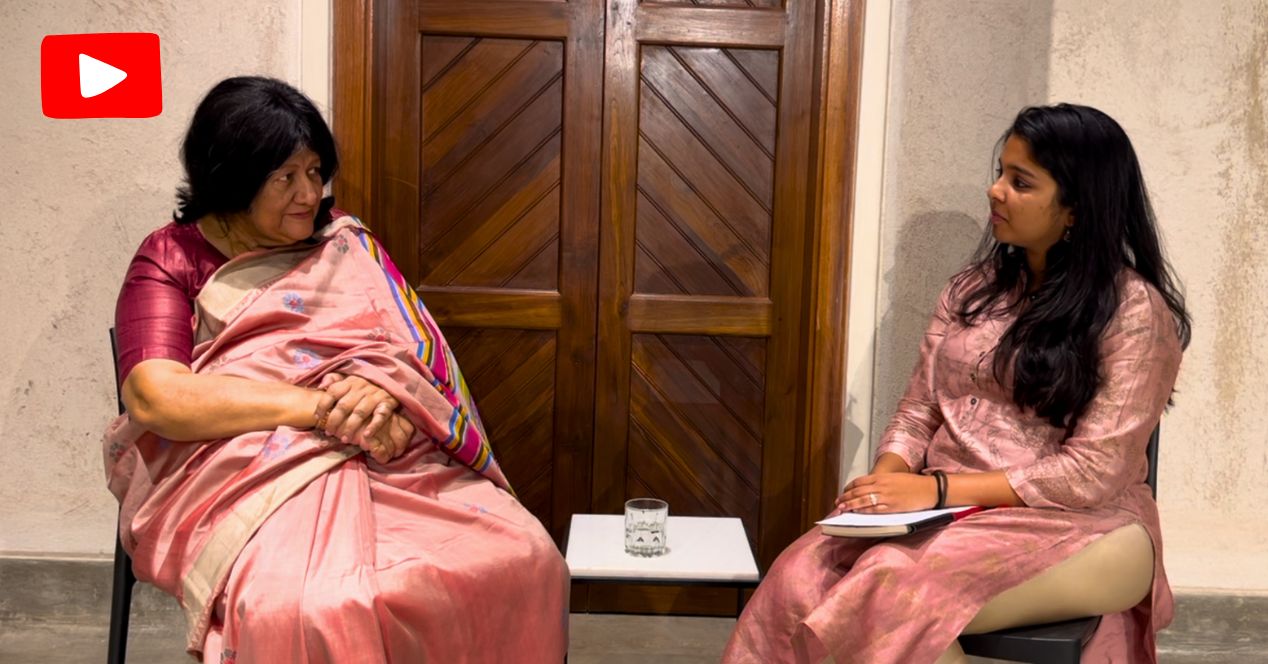Channel
Prosecutrix’s statement as testimony for conviction
Can a conviction stand on a single testimony? The Court reaffirmed that a prosecutrix's 'unshaken' testimony alone can secure conviction
Script:
Hello everyone, and welcome to another episode of SCO Explains.
Today we are going to discuss a judgement delivered by the Supreme Court right before it commenced its Holi break. On 7th March, a bench comprising Justice Sandeep Mehta and P.B. Varale dismissed an appeal against a rape conviction decided in 2010. Justice Varale, who authored the judgement, reaffirmed a well established legal principle in rape cases. The statement of the prosecutrix, if it inspires confidence, is sufficient on its own to sustain a conviction.
The judgement emphasised that the lack of injury to private parts cannot be grounds to discard a prosecutrix’s testimony if her statement is found to be “wholly trustworthy, unshaken and inspiring confidence.” The accused counsel had claimed that the victim’s mother had a doubtful character and argued that the absence of injuries on the victim discredited her statement. The Bench observed that casting aspersions on the victim’s mother added no value in determining the convict’s guilt. Its concern lay strictly with whether the crime had been committed or not. The bench concluded that the victim’s testimony stood firm even after detailed cross examination and left no shadow of doubt to discredit her case.
In reaching the conclusion, the bench relied on the Supreme Court’s 1996 ruling in State of Punjab v Gurmit Singh. In that case, the trial court had doubted the victim’s account, a Class 10 student who was abducted a day before her exam. The trial court had noted that the prosecutrix could not recall whether the car used in the abduction was a Fiat or an Ambassador. Worse, it cast aspersions on her character, describing her as a girl with “loose morals.” The Supreme Court strongly criticised this approach, noting that the trial court had wrongly fixated on minor inconsistencies instead of focusing on the victim’s clear and credible account. The Gurmit Singh ruling embedded a crucial observation. Repeatedly subjecting a victim to different stages of intense scrutiny in search of minor discrepancies only adds insult to injury.
The bench also referred to State of Maharashtra v Chandraprakash Kewalchand Jain, a 1990 case where the Court had observed that the Indian Evidence Act does not require a prosecutrix’s testimony to be supported by other material evidence. Seeking a similar standard of corroborative evidence from the prosecutrix as the accused would be putting her “on par with an accomplice,” the Court observed in Chandraprakash. However, if for some reason the Court is hesitant to place implicit reliance on the testimony of the prosecutrix, it may look for evidence that lends assurance to her testimony. Though not to the extent of the corroboration required in the case of an accomplice. Therefore, her evidence or statement need not be viewed through the same lens as that of an accused. Similarly, in Bharwada Bhoginbhai Hirjibhai v State of Gujarat, the Court warned against viewing a victim’s testimony with unwarranted “doubt, disbelief or suspicion” as it would justify “male chauvinism in a male dominated society.”
All this sounds straightforward, but evidence gathering and appreciation is rarely neat and clean in practice. In State (GNCT) of Delhi v Vipin@Lalla, the top court upheld a High Court judgement which acquitted a rape accused due to inconsistencies in the prosecutrix statement. The prosecutrix, 16 years old at the time of the alleged incident, claimed that she had hit the accused on the head with a stick, but later said she had hit him on his foot. No injuries were found on the body of the accused when he surrendered. The prosecutrix’s own medical examination report showed no injuries, but it did say that her hymen was torn. The Court also said it was not believable that the prosecutrix wouldn’t have raised an alarm while walking with the accused who was known to her in a busy bazaar and then going with him to the grocery shop where the alleged incident occurred. The Court noted this in the same breath that it mentioned the prosecutrix explanation for not raising an alarm. The accused had a knife with him and had threatened to kill her father and brother.
In this case, the testimony of the prosecutrix’s had failed to inspire absolute confidence in three courts. But if this January decision is seen in light of decision that came out earlier this month, it raises the question, when is an inconsistency in a prosecutrix’s testimony to be considered “minor”. In future matters, perhaps the principle that the Court has laid down in cases going back to the 1980s could do with some clarity and explication.
Thank you for listening. Keep following SCO’s channel and we will see you soon!




